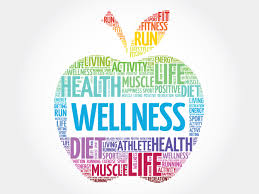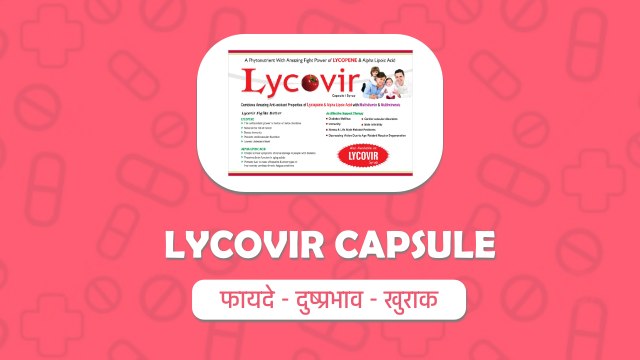Thinking twice about taking calcium supplements !
Whenever we get into a topic on becoming healthy, one of the words that would be emphasized in the conversation will be the calcium. In case the very mention of calcium makes you picture a white element means… Yeah! You have done well in your preschool. Calcium is the mineral that directly deals with the bone health. It is a requisite for the healthy maintenance of bone and teeth. Since the bones are naturally strong, you cannot mistake it for a magical white rock that doesn’t corrode. It must be frequented by calcium deposits to maintain its reputation for being strong. Is that it? Is the calcium all about bones? Nope! You would be amazed at all the other things the calcium is responsible for. The calcium plays a crucial role in the circulation of blood. It helps the blood vessels carry blood throughout the body and also helps release enzymes.
Should neither be overdosed nor abandoned…
You always knew that the calcium is somewhat important to your body. But, have you any idea about the exact level of calcium your body should have? Here we have come up with a detailed table that explains the recommended level of calcium in the human body according to the age and state.
| Birth to 6 months | 200 mg |
| Infants 7–12 months | 260 mg |
| Children 1–3 years | 700 mg |
| Children 4–8 years | 1,000 mg |
| Children 9–13 years | 1,300 mg |
| Teens 14–18 years | 1,300 mg |
| Adults 19–50 years | 1,000 mg |
| Adult men 51–70 years | 1,000 mg |
| Adult women 51–70 years | 1,200 mg |
| Adults 71 years and older | 1,200 mg |
| Pregnant and breastfeeding teens | 1,300 mg |
| Pregnant and breastfeeding adults | 1,000 mg |
Source: https://ods.od.nih.gov/factsheets/Calcium-Consumer/
Adverse health effects of reduced calcium level in our body
It is not like you would be bedded overnight when your body falls short of calcium. Blood utilizes the calcium from the bone, a natural source of calcium in our body. Still, if your intake of calcium becomes less, eventually you would fall under the category that has the greatest risk of developing some calcium deficiency diseases which in medical terms called as hypocalcemia and also osteoporosis and osteopenia. The osteopenia is a condition of having low bone mass while the osteoporosis is a condition in which the bone becomes weaker and prone to easier breakage.
The sources of calcium
As the saying goes, prevention is always better than the cure. The hypocalcemia can be avoided by the proper intake of calcium in our body. The primary source of calcium is always food. When you gain the proper insight about the calcium-rich foods, you can maintain the level of calcium with greater ease. Some of the calcium boosting eatables are raw milk, low-fat yogurt, cheese, etc. You can either reach out to a nutritionist or simply Google for the perfect calcium boosting diets. The maximum amount of calcium intake per day is limited to 2,500 mg.
Therefore, a perfect health is the foundation of happiness. It must be given the top-most priority in your life. So know your body and stay healthy.




